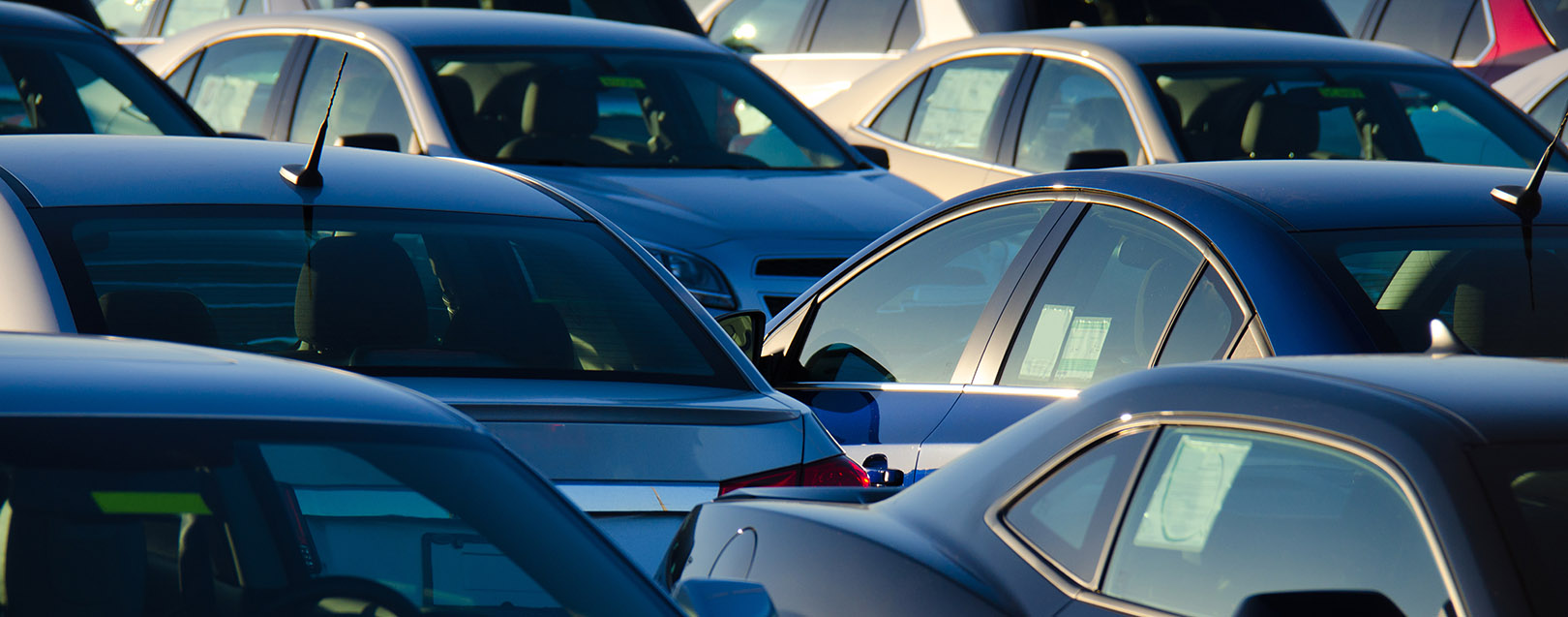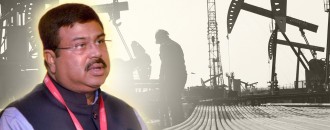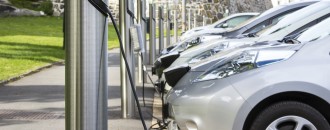
India’s auto exports down 9.7% in Q1 2016-17
The Dollar Business Bureau
India’s overall auto exports fell 9.7% in the first quarter of the current fiscal due to a significant decline in demand in some of the country’s core automobile markets.
The sales of three-wheeler segment witnessed the maximum decline, as it shrank by 46.22% to almost 66 thousand units compared to over 122 thousand units in the same period a year ago.
The two-wheeler exports, too, contracted by 8.3% to over 577 thousand units during April-June 2016-17 from almost 623 thousand units in the same period a year ago.
"The main reason for the decline has been that our main market Europe saw pressure and we are now moving to new markets like South Africa and Latin America," said Vishnu Mathur, Director General, SIAM.
The outbound shipments of other automobile segments, such as passenger vehicles registered a strong growth of 12% to almost 159 thousand units during the first quarter of 2016-17 over the last year. Commercial vehicle exports grew 7.22% during the period.
Notwithstanding the introduction of new policy and taxation, India’s domestic auto sales grew 13.42% to nearly 5.55 million units during the first quarter of the current financial year, as against almost 4.90 million units in the same quarter last fiscal.
The sales during the quarter showed strong signs of recovery, as the entire automobile segments, except passenger vehicles, registered a double-digit growth.
Passenger vehicle sales grew by 6.6% at over 697 thousand units during April-June 2016-17, compared to nearly 653 thousand units during the corresponding period a year ago.
Earlier this year, the Delhi NCR government had banned passenger vehicles having 2000 cc or above engines, which, according to the industry analysts, didn’t have much impact on the overall sales. The industry analysts were also worried about the additional 1% infrastructure cess levied on Petrol, CNG and LPG cars, 2.5% infrastructure cess on diesel cars and 4% cess on bigger diesel cars and SUV, as the industry felt it would bring down the domestic demand.
The industry expects domestic automobile sales to grow in future on the back of expected monsoon, rising urban incomes, recovering domestic economy, low fuel prices and benign food inflation and rising urbanisation.






 to success.
to success.